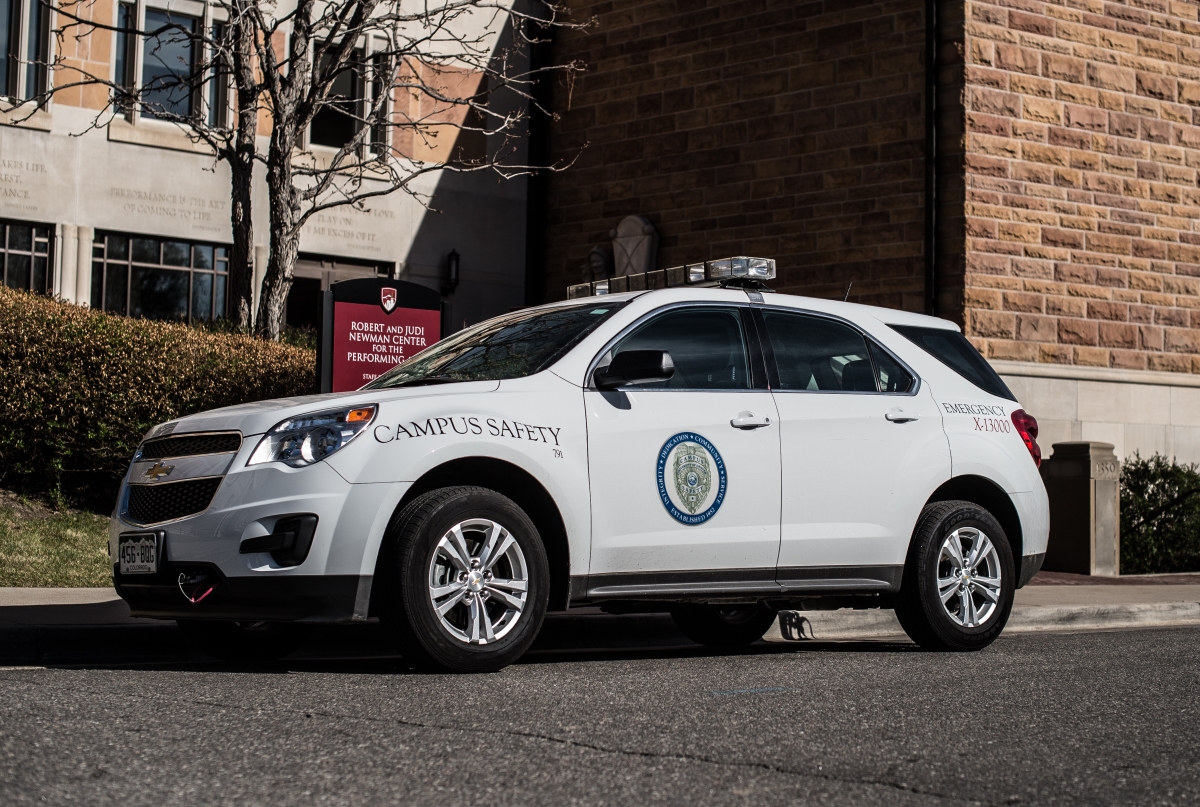A new safety wrist device is coming to DU thanks to a 10-person development team, with backing from Campus Safety and tech giants Hitachi and World Wide Technologies (WWT).
Adjunct Professor Jim Ducay, who teaches the BUS 3700 course, brought an extraordinary group of professionals, undergraduates and graduate students together to manage and support the project.
“This project is part of Project X-ITE’s Xperiences program. The purpose of it is to bring cross-campus teams of students together to work with technology companies on key strategic initiatives,” stated Ducay.
Evan O’Dowd, an undergraduate senior marketing and finance double major, has been involved with the project since its infancy. In the beginning, the project had little direction except to help Hitachi monetize its Lumada platform.
“One day we got one of the Campus Security email blasts. It was something about a perpetrator on campus with a knife. I think that was the moment we began to think about improving security on campus,” said O’Dowd.
The team then decided that DU would work well as a proving ground for a new safety device. They wanted to combine Campus Safety’s infrastructure with Hitachi’s advanced platform to create a personal security bracelet. They were inspired to use a bracelet for the security device by Emily Huff, a first-year finance major.
Huff along with two group members created the “Buddy Band” for the Madden Challenge last quarter.
“Our whole idea behind it [the Buddy Band] was to create something that could be used between two friends who are going out together so that if they get separated the band will start to buzz or glow so that you can go back and find your friend,” stated Huff.
Huff and her group were then introduced to Ducay and O’Dowd’s project. The device will be used in conjunction with Campus Safety to help students feel safe on campus.
The project is still in the works, but they have developed a solid framework for the device. The wristband will feature three tiers of security that students can activate.
Level Zero lets campus safety know where you are. It doesn’t tell them who you are, just that you would like to be monitored.
“It’s 2 a.m. I am walking home alone, it would be great if someone is looking out. Nothing is wrong currently…you can be nervous,” said O’Dowd when explaining the purpose of Level Zero.
Level One is for when you feel threatened, but you don’t want to go to the authorities. It sends messages to people you have designated so that they know you don’t feel safe and would like help.
“Maybe a student is at the bar, some guy won’t stop talking to her, he is being a little creepy. It probably wouldn’t be a scenario where you would pick up the phone and dial 911, but you still want help,” explained O’Dowd.
Level Two is the highest tier, and it is the one reserved for emergencies. When activated, Campus Safety will be informed of who and where you are. They will be able to send an officer to your location and deal with the situation appropriately. The team emphasized that this is the only stage where your data is released to Campus Safety. They are very focused on protecting the students’ privacy.
“It’s about students opting in. We have these cameras for when you want to be watched. When you want to know people are looking out for you,” stated O’Dowd.
The team hopes to have a working proof of concept by spring quarter, and they hope to have the product out and available by the fall of 2020.











